Topics - e-Bulletin
University of Electro-Communications publishes September 2014 issue of e-Bulletin
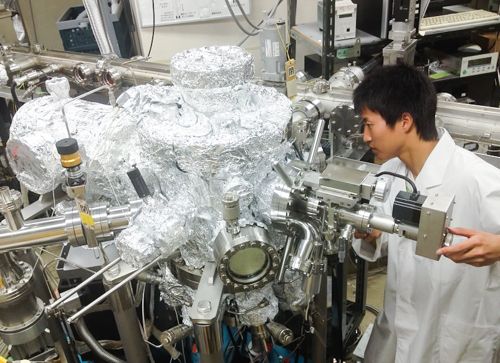
The September 2014 issue of the University of Electro-Communications e-Bulletin includes research highlights on self-organized indium arsenide quantum dots for solar cells; silicon nanophotonics; solutions to internet congestion; and humanizing robots.
Feature article
Nanotechnology for real world applications: Self-organized indium arsenide quantum dots for solar cells
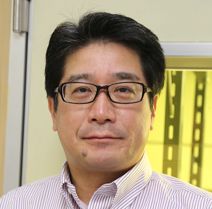
Kouichi Yamaguchi is internationally recognized for his pioneering research on the fabrication and applications of 'semiconducting quantum dots' (QDs). "We exploit the 'self-organization' of semiconducting nanocrystals by the 'Stranski-Krasnov (SK) mode of crystal growth for producing ordered, highly dense, and highly uniform quantum dots," explains Yamaguchi. "Our 'bottom-up' approach yields much better results than the conventional photolithographic or 'top-down' methods widely used for the fabrication of nano-structures."
Research Highlights
Silicon nanophotonics: controlling photoluminescence for better devices
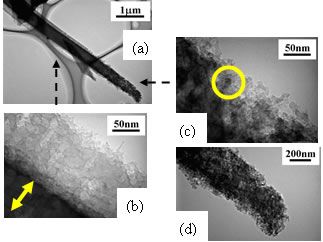
Okuno and his colleagues fabricated silicon nanowire arrays by metal-assisted chemical etching, an approach that is simple and cost-effective.
Micromanipulators: Taking the future in hand
http://www.ru.uec.ac.jp/e-bulletin/research-highlights/2014/taking-the-future-in-hand.html
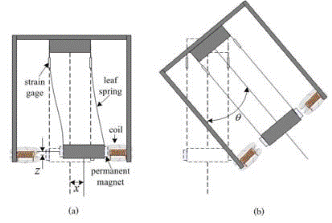
Now, Sungwan Boksuwan and co-workers at the University of Electro-Communications in Tokyo, together with scientists in Thailand, have created a new robust two-dimensional handheld micromanipulator for use in cell manipulation.
Depth perception - understanding ambiguities
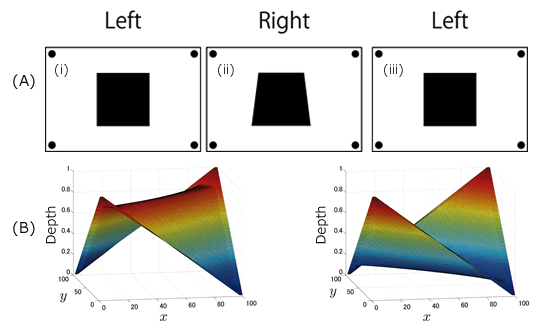
Binocular vision allows us to gauge depth. For example a dot directly ahead of the left eye will be at an angle to the right that decreases with distance. So how, ask Eiichi Mitsukura and Shunji Satoh at the University of Electro-Communications in Tokyo, can we estimate the depth of black or white paper? With no pattern or texture on the paper there should be no way of determining its contours. They turned to the computational tools used for filling in blind spots for an answer.
Internet protocol networks: Optimizing link reinforcements
http://www.ru.uec.ac.jp/e-bulletin/research-highlights/2014/optimizing-link-reinforcements.html
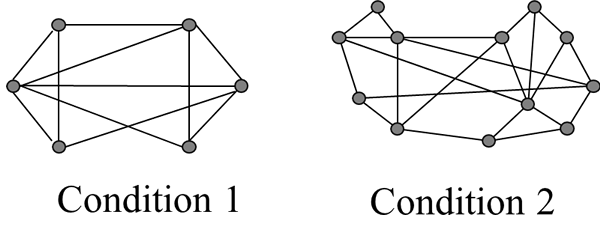
At any given moment in time, a network can be represented by a series of nodes and links. Each link is given a 'weight' - a measure of the link's quality of service. The aim of an internet engineer is to keep the links as uncongested as possible, allowing as much data as possible to flow freely at any one time.
News and Events
The 1st Global Alliance Lab between King Mongkut's Institute of Technology Ladkrabang, Thailand and the University of Electro-Communications
http://www.ru.uec.ac.jp/e-bulletin/news/2014/the-1st-global-alliance-lab-between-kmitl-and-uec.html
Topics
Intelligent robots as models for studying human communication
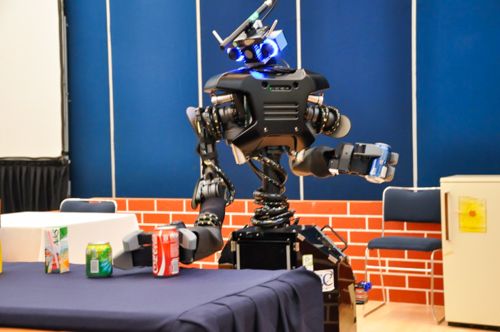
Takayuki Nagai and Tetsuro Nishino share a dream of creating robots with human-like intelligence and, importantly, with "hearts and minds".
UEC Kendo Club: A unique form of international collaboration
http://www.ru.uec.ac.jp/e-bulletin/topics/2014/uec-kendo-club.html
Kendo is widely practiced in Japan with young children having many opportunities to learn at their primary and junior high schools and local 'dojo'. In an intriguing case of international collaboration' the UEC Kendo Club played a central role in establishing the Cambridge University Kendo Club.
Visions of reality: Insights into information processing by the brain
"I am intrigued by the mechanisms underlying motor control and visual perception by our brain," says Shunji Satoh, an associate professor at the Department of Human Media Systems at the University of Electro-Communications. "We develop computational models to analyze experimental observations."
Letter From Alumni
http://www.ru.uec.ac.jp/e-bulletin/topics/2014/letter-from-alumni-3.html
Ibrahim Farouck, Associate Professor of e-Learning and Applied Linguistics, Otaru University of Commerce, Hokkaido Japan.
Further information
International Public Relations
The University of Electro-Communications
1-5-1 Chofugaoka, Chofu, Tokyo 182-8585
- E-mail :

- Website :
- http://www.uec.ac.jp/eng/
About The University of Electro-Communications
The University of Electro-Communications (UEC) in Tokyo is a small, luminous university at the forefront of applied sciences, engineering, and technology research. Its roots go back to the Technical Institute for Wireless Commutations, which was established in 1918 by the Wireless Association to train so-called wireless engineers in maritime communications in response to the Titanic disaster in 1912. In 1949, the UEC was established as a national university by the Japanese Ministry of Education, and moved in 1957 from Meguro to its current Chofu campus Tokyo.
With approximately 4,000 students and 350 faculty, UEC is regarded as a small university, but with particular expertise in wireless communications, laser science, robotics, informatics, and material science, to name just a few areas of research.
The UEC was selected for the Ministry of Education, Culture, Sports, Science and Technology (MEXT) Program for Promoting the Enhancement of Research Universities as a result of its strengths in three main areas: optics and photonics research, where we are number one for the number of joint publications with foreign researchers; wireless communications, which reflects our roots; and materials-based research, particularly on fuel cells.
- Website :
- http://www.uec.ac.jp/eng/

